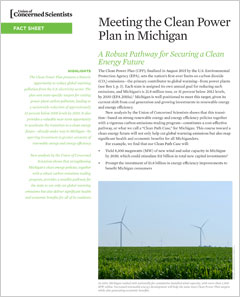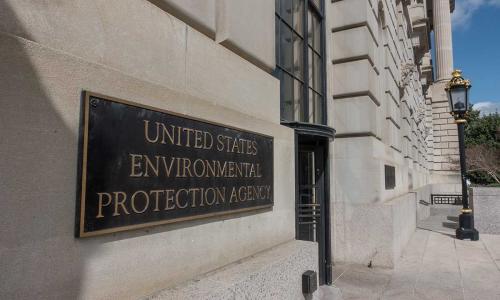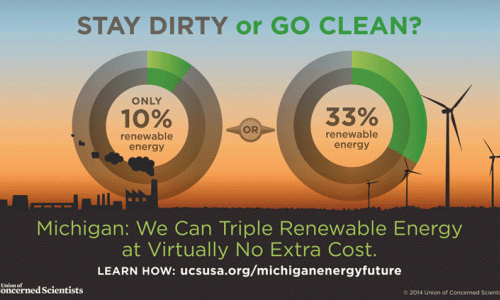The Clean Power Plan sets the nation's first-ever limits on carbon dioxide (CO2) emissions—the primary contributor to global warming—from power plants.
Each state is assigned its own goal, and Michigan’s is 21.8 million tons, or 31 percent below 2012 levels, by 2030. Michigan is well positioned to meet this target, given its current shift away from coal generation and growing investments in renewable energy and energy efficiency.
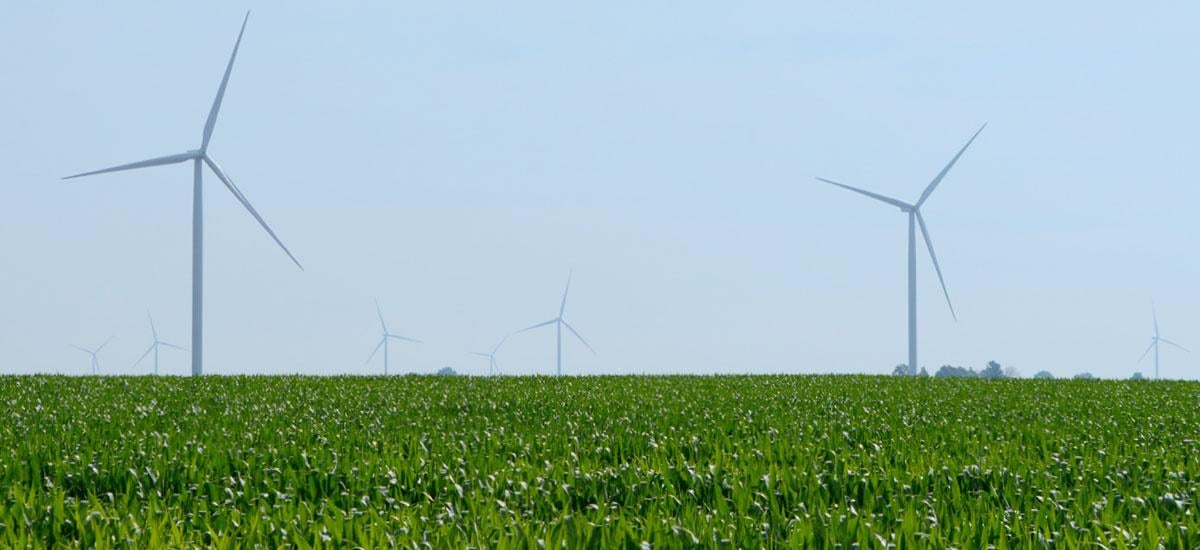
Widespread economic and health benefits
Analysis shows that an energy transition based on strong renewable energy and energy efficiency policies, together with a vigorous carbon emissions trading program, would constitute a cost-effective pathway, or "Clean Path Case," for Michigan.
If the state achieved 30 percent renewable energy by 2030 and 1.5 percent annual electricity savings through energy efficiency programs as key strategies to comply with the Clean Power Plan, it could:
- Drive nearly $13 billion in capital investment in renewable energy and energy efficiency in Michigan
- Yield 8,300 megawatts of new wind and solar capacity in Michigan by 2030
- Provide an estimated $4.1 billion in public health benefits cumulatively by 2030 through avoided carbon dioxide, sulfur dioxide and nitrogen oxide pollution.
Additionally, if Michigan were to participate in a national carbon emissions trading program, the analysis shows it could generate an average of $428 million annually by 2030 through the sale of allowances, which companies would need to purchase to emit carbon dioxide.
What's more, Michigan could incorporate these levels of renewables and energy efficiency to comply with the Clean Power Plan at the same cost as meeting the plan through continued reliance on coal and purchasing allowance to offset those emissions.
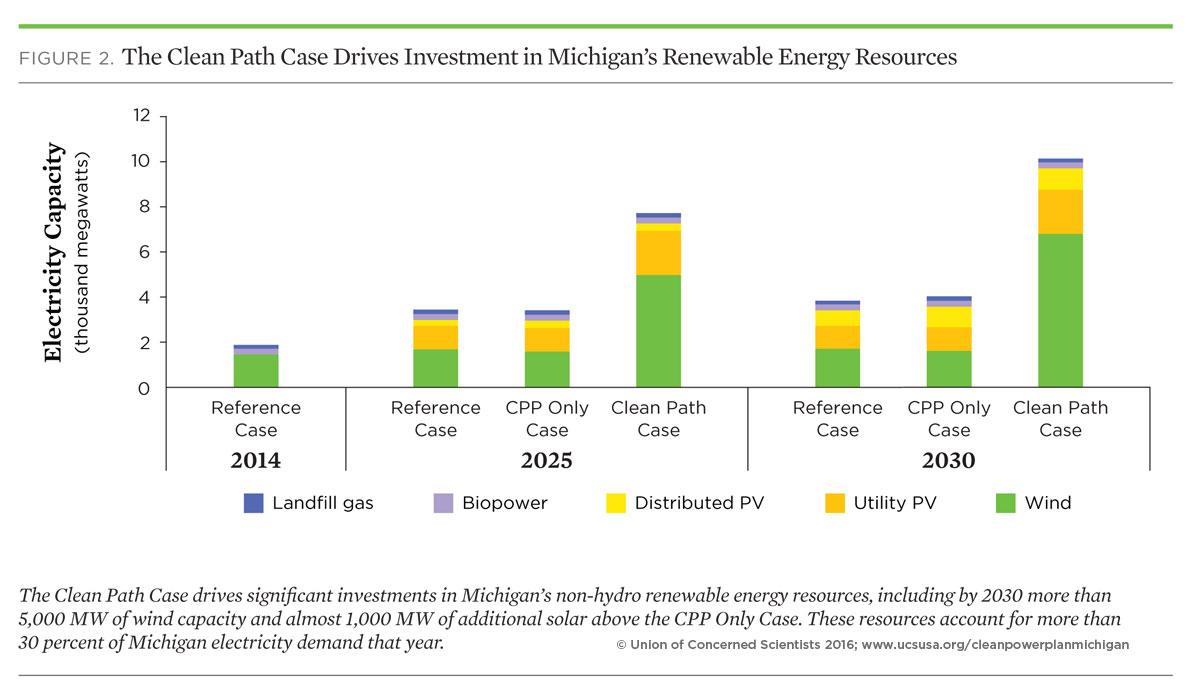
Recommendations for securing a clean energy future
Achieving the Clean Path Case’s full range of benefits will require policy makers and regulators to work together with utilities, electricity generators, advocates, regional transmission organizations, and other stakeholders to develop a CPP compliance plan that prioritizes renewable energy and energy efficiency and generates benefits for Michigan.
- The Michigan Agency for Energy (MAE) should develop a strong mass-based CPP compliance plan. The MAE should prioritize renewable energy and energy efficiency in its compliance plan, and it should also develop a mass-based emissions trading program that includes both new and existing sources and allows for interstate trading of carbon allowances.
- The Michigan legislature should authorize the state to auction carbon allowances as part of the MAE’s emissions trading program. Revenues generated from the auctions should be directed toward programs that benefit all residents, reduce carbon emissions, and promote equitable approaches to transitioning to a low-carbon economy.
- The Michigan legislature should enact strong clean energy policies. The legislature should extend and expand its current RES, which leveled off at 10 percent in 2015. Similarly, Michigan’s EERS should be increased in conformance with leading EERS states, which require utilities to reduce electricity use by 1.5 to 2 percent each year.
With well-designed policies and careful planning and coordination, Michigan could greatly enhance its clean energy resources, cost-effectively comply with the emissions reductions required by the Clean Power Plan, and reap important economic and public health benefits.
These benefits would help ensure a sound and prosperous future for all Michigan residents.
